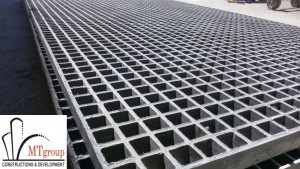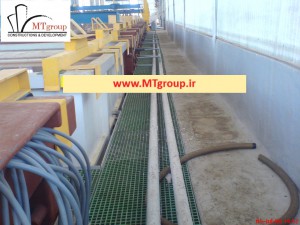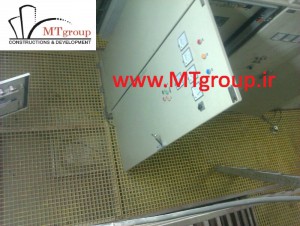گروه فناوری های نوین
MTgroup ارائه دهنده مجموعه کاملي از سيستمهاي هدايت آبهاي سطحي نقطه اي و خطي، انواع سيستمهاي آببندي، گریل های استخر، انواع مقاطع و دريچه هاي کامپوزيتي، چربي گير، سپتيک و انواع مخازن فايبرگلاس، پوششهاي فلزي و لاستيکي درز ژوئن، انواع کفشور، قرنیز های آلومینیومی، پروفیل های نورخطی، راهبند ستونی، محافظ ستون پارکينگ و پادري هاي جديد با کيفيت عالي و قيمت مناسب مطابق با استانداردها و تأييديه هاي داخلي مي باشد.
ما تخصص داریم تا بهترین تجربه ممکن را به شما ارائه دهیم.
تماس با ما
تهران – بزرگراه رسالت – خیابان بنی هاشم– بن بست سپیده-مجتمع سپید-پلاک 6- طبقه سوم-واحد53
شماره تماس: 22325536 – 021 ، 22325594 – 021
شماره واتساپ،تلگرام و ایتا: 09385601212
ایمیل: mtg95.ir@gmail.com
وب سایت: کانال تلگرام گروه فناوری های نوین : modernTechnologigroup
جستجو
برای دریافت مشاوره رایگان مشخصات زیر را برای ما ارسال کنید!




